The Hanimex 80–200mm f/4 is more than just an old telephoto zoom. It's a reminder that imperfection often brings character to photography and filmmaking. For photographers seeking a distinctive rendering and affordable way to explore vintage optics, this lens remains a fascinating tool.

Introduction to the Hanimex 80–200mm f/4
Hanimex was an Australian brand known for making photography equipment more accessible throughout the mid-20th century. The 80–200mm f/4, released during the 1970s–80s, was part of a wave of zoom lenses that offered telephoto reach without the cost of premium glass. Though often sold with third-party designs, it became a budget staple for film photographers who wanted versatility.
Today, this lens has been rediscovered by photographers and filmmakers looking to embrace the vintage aesthetic — soft contrast, occasional flare, and a tactile manual focus experience. In a world of digital precision, these older characteristics feel refreshing.
I still remember the first time I attached a vintage manual focus lens to my camera. The initial missed focus shots made me slow down — but the resulting images had a warmth and unpredictability that modern optics rarely give.
Key Characteristics of the Lens
Telephoto flexibility
With its 80–200mm focal range, the lens covers portraiture, landscape compression, and detail shots. At 200mm, it offers a dramatic background blur and separation, while 80mm provides a more natural perspective for half-body portraits.
Manual focus and handling
The lens uses a smooth push-pull zoom mechanism, making it simple to adjust focal length quickly. The manual focus throw is long and responsive, a feature filmmakers appreciate for controlled, cinematic racking focus.
Constant f/4 aperture
With a constant f/4 aperture, exposure remains steady across the zoom range. While not especially fast, it strikes a balance between portability and creative depth-of-field possibilities, especially on full-frame sensors.
Optical character
Expect lower contrast compared to modern lenses, along with susceptibility to flare when pointed toward strong light sources. For many creators, these quirks are part of its charm, producing dreamy highlights and vintage tonality.
On a portrait session, a bit of unexpected lens flare spilled across the frame. Instead of ruining the shot, it created a romantic, washed glow that the client loved.

Why Use the Hanimex 80–200mm in 2025?
Even decades after its release, this lens continues to find a place in the kits of artists today. For analog shooters, it recalls the era of film rolls and manual control. For digital mirrorless users, it offers an inexpensive route to adapted glass with unique rendering.
Filmmakers often embrace the Hanimex for its softer contrast, subtle falloff, and cinematic flares that mimic older celluloid aesthetics. Instead of striving for perfection, it celebrates character.
On a recent music video project, the Hanimex lens created just the retro look the director craved — lens flare, slightly muted tones, and a dreamy mood that no modern digital filter could convincingly replicate.
Practical Examples in Photography and Video
- Shoot atmospheric portraits at 200mm for pronounced background compression.
- Use it on a Blackmagic or similar video setup for vintage character in narrative shorts.
- Film photographers can try it for affordable entry into telephoto work without heavy investment.
Using one affordable vintage telephoto lens forced me to take a step back — literally. Composing with its compression made me see backgrounds and space differently, refreshing my entire approach to portraits.
Buying Guide for Second-Hand Copies
When shopping for a second-hand Hanimex 80–200mm f/4, there are a few important checks to ensure you get a usable copy:
- Check zoom ring for looseness or creep.
- Inspect aperture blades for oil or sluggish movement.
- Shine light through glass for haze or fungus.
- Test focus for even smoothness.
You’ll often find copies on auction sites, thrift stores, or flea markets. Many vintage collectors recall the joy of stumbling across a forgotten manual zoom that becomes a new storytelling tool.
I once dug through a box of forgotten gear at a flea market and spotted the Hanimex logo. The thrill of bringing home a lens for the cost of a few coffees remains one of my favorite finds.

Adapters and Accessories to Consider
Because it’s a manual focus legacy lens, adapting the Hanimex to digital cameras typically requires an inexpensive mount adapter. Options exist for Sony E, Fujifilm X, Canon RF, Nikon Z, and Micro Four Thirds systems.
Other useful accessories include:
- A lens hood to help control flare.
- A tripod or monopod for added stability at longer focal lengths.
- Variable ND filters for video when shooting outdoors at wide apertures.
The first time I clicked a vintage Hanimex lens onto my mirrorless camera with the correct adapter, it felt like bridging eras — past craftsmanship meeting present-day creativity.
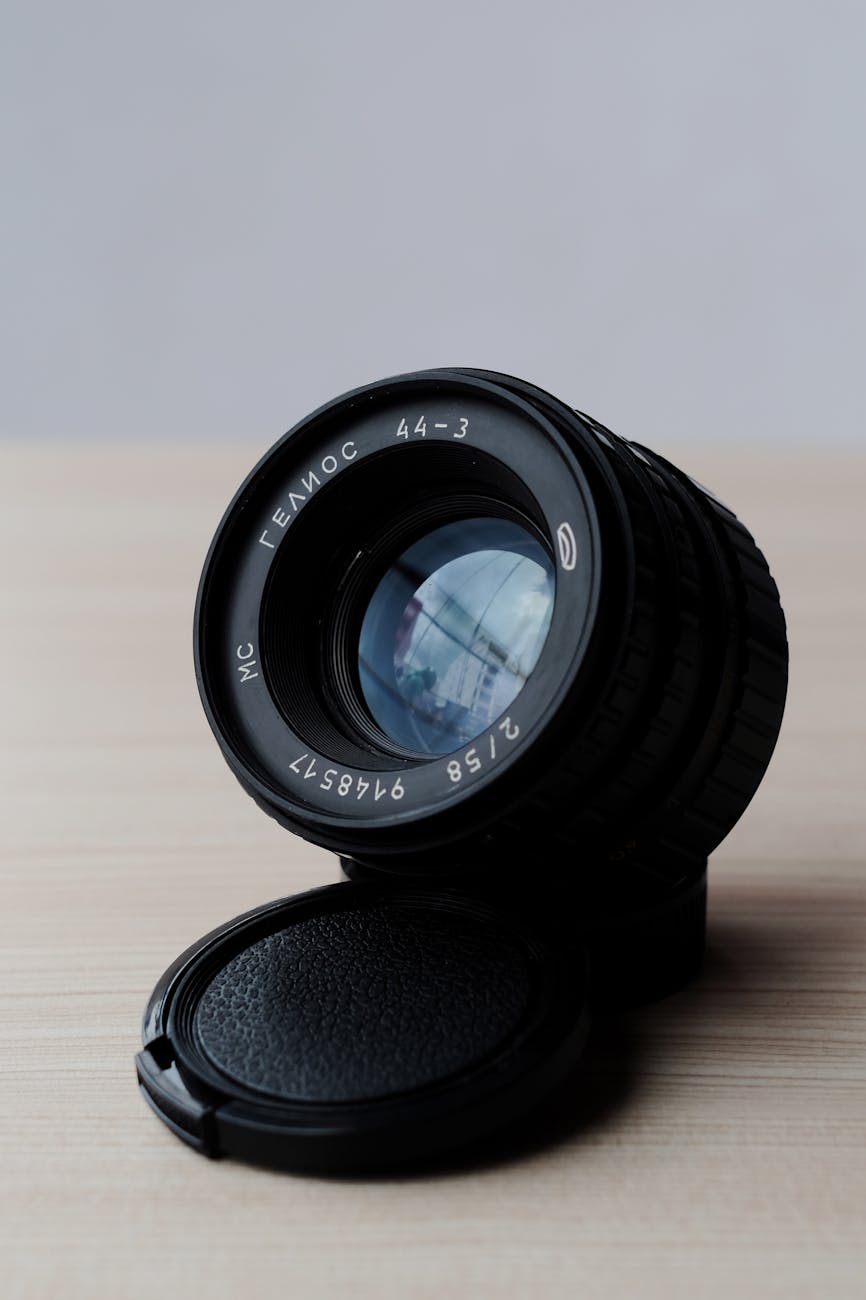
Conclusion: Who This Lens is For
Photographers and filmmakers seeking clinical sharpness and ultra-fast apertures will not find them here. Instead, the Hanimex 80–200mm f/4 shines when used as a creative tool, offering a retro aesthetic that modern glass often tries to imitate.
It’s a budget-friendly way to experiment with telephoto compression, dreamy flare, and softer rendering — all qualities that enrich visual storytelling. For those eager to step into the world of camera lenses with history and character, this Hanimex is an inspiring start.
Perfect images can feel sterile. Sometimes it’s the softened edges, unexpected color shifts, and unpredictable flares that etch an image into memory — a lesson the Hanimex 80–200mm f/4 continues to teach.

FAQs
Is the Hanimex 80–200mm f/4 compatible with modern mirrorless cameras?
Yes. With an inexpensive adapter, it can be mounted on Sony E, Canon RF, Nikon Z, Fujifilm X, and Micro Four Thirds systems.
What should I check before buying a second-hand Hanimex lens?
Inspect the zoom ring, aperture blades, glass clarity, and focus smoothness. Avoid lenses with heavy fungus or damaged coatings.
Does the Hanimex 80–200mm f/4 produce sharp images?
It isn’t designed for clinical sharpness. Instead, expect a softer rendering and lower contrast, which many photographers and filmmakers find appealing for creative and cinematic projects.
How much does a Hanimex 80–200mm f/4 usually cost second-hand?
These lenses are generally found at very affordable prices, making them an ideal entry point for experimenting with vintage optics.




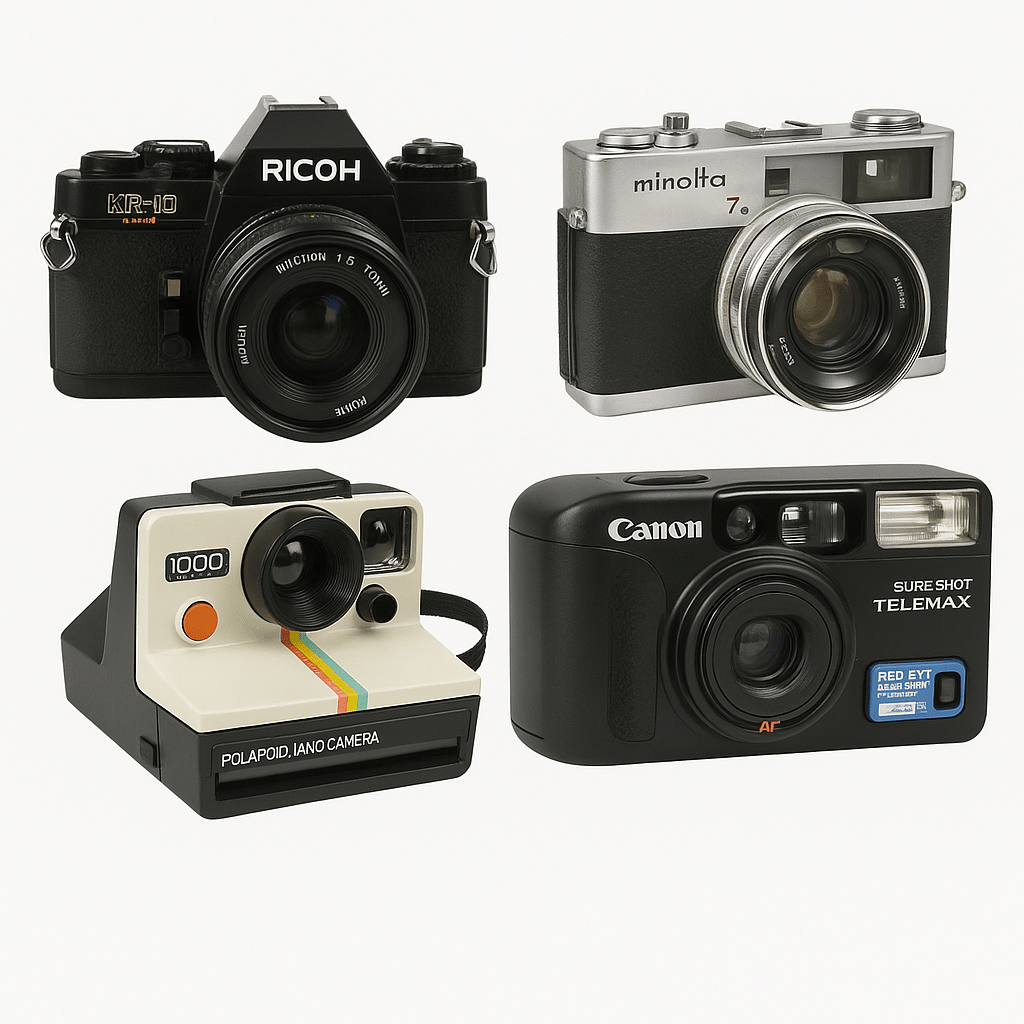
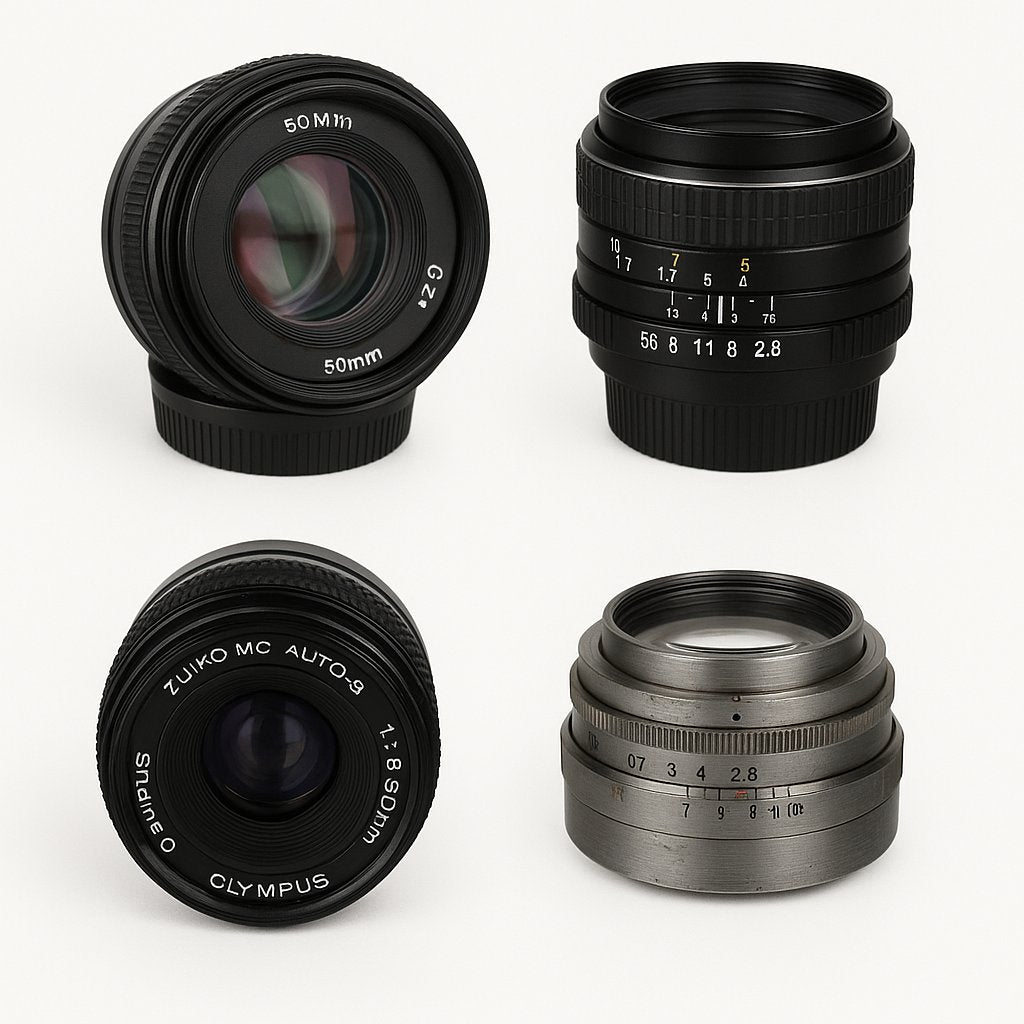
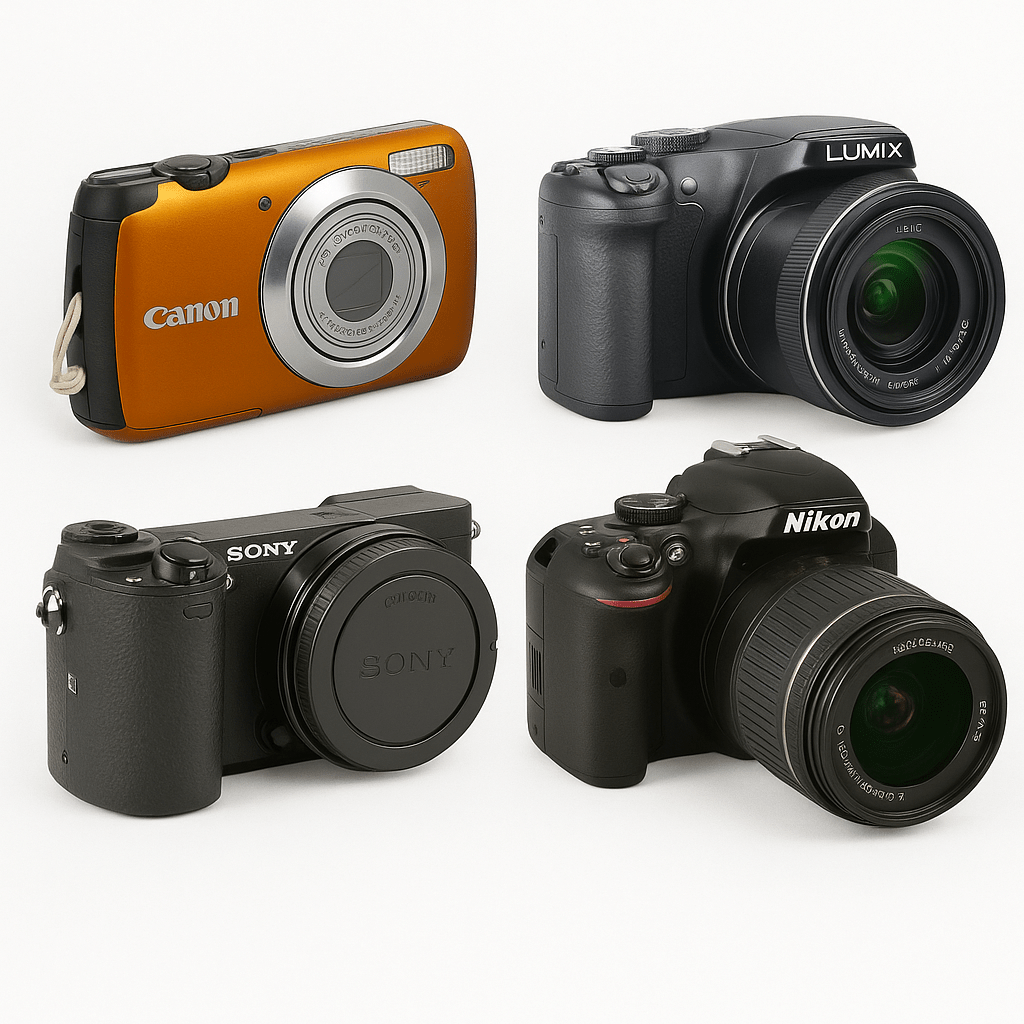
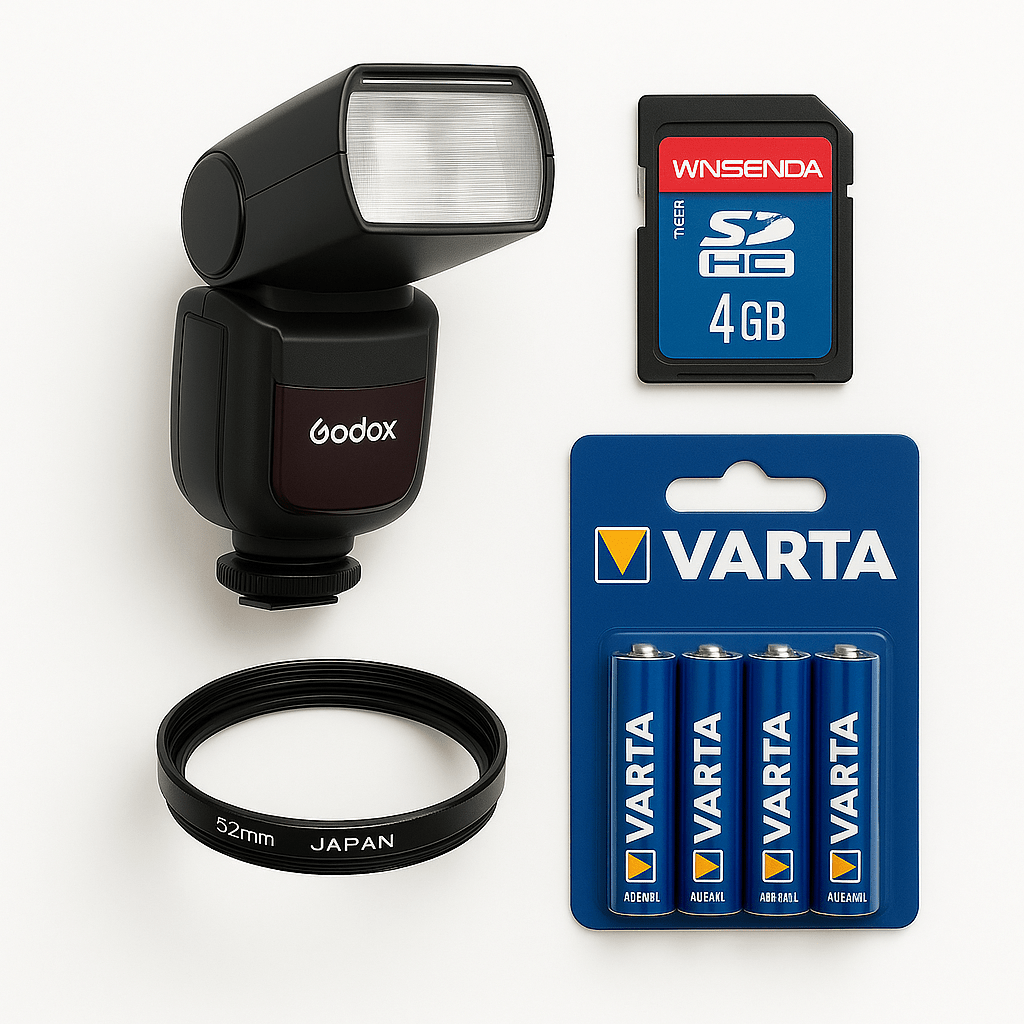
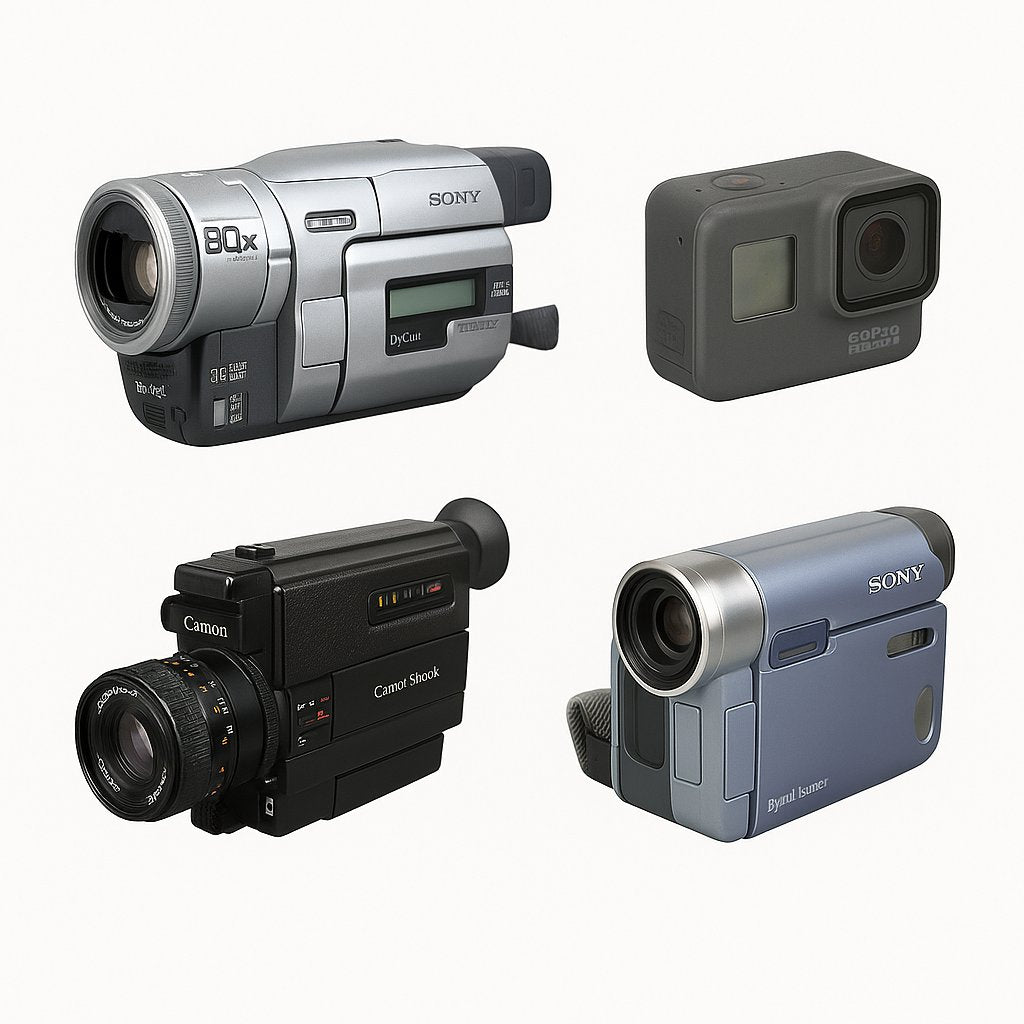
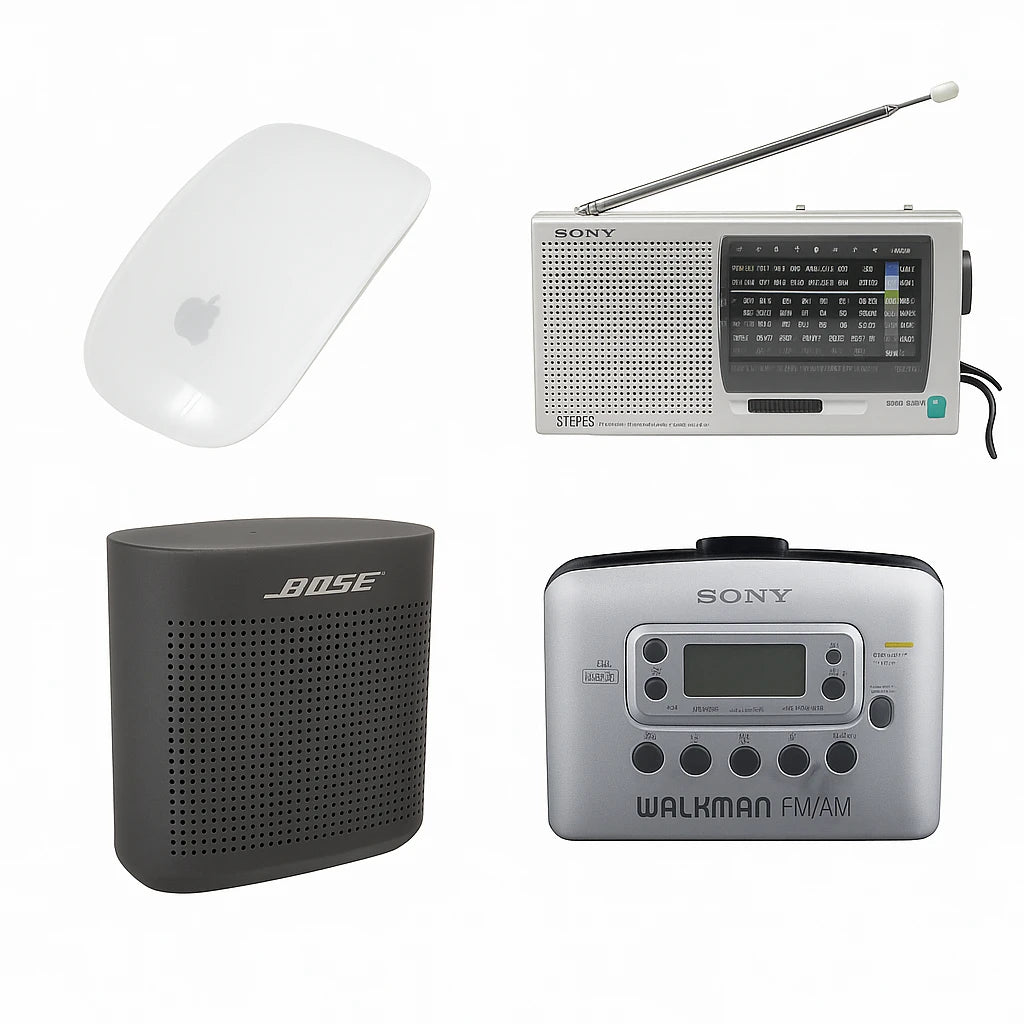
0 comments